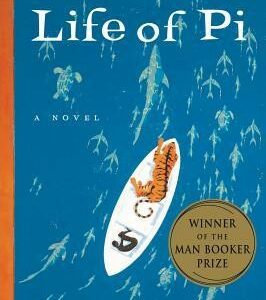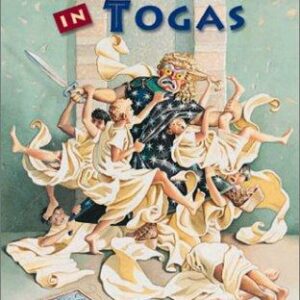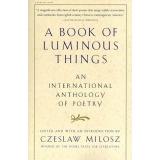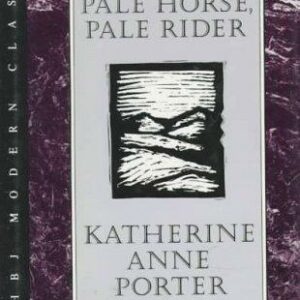Electric Wizards
$27.50
| Title | Range | Discount |
|---|---|---|
| Trade Discount | 5 + | 25% |
- Description
- Additional information
Description
From Black Sabbath to Big Black, a ride through the evolution, diversity, and influence of genre-defying heavy music.
It began with the Beatles’ “Helter Skelter.” It was distilled to its dark essence by Black Sabbath. And it has flourished into a vibrant modern underground, epitomized by Newcastle’s Pigs Pigs Pigs Pigs Pigs Pigs Pigs. This is the evolution of heavy music. The voyage is as varied as it is illuminating: from the lysergic blunt trauma of Blue Cheer to the locked grooves of Funkadelic, the aural frightmares of Faust to the tectonic crush of Sleep, alighting on post-punk, industrial, grunge, stoner rock, and numerous other genres along the way. Ranging from household names to obscure cult heroes and heroines, Electric Wizards demonstrates how each successive phase of heavy music was forged by what came before, outlining a rich and eclectic lineage that extends far beyond the usual boundaries of heavy rock or heavy metal. It extols those who did things differently, who introduced something fresh and exciting into this elemental tradition, whether by design, accident, or sheer chance. In doing so, Electric Wizards weaves an entirely new tapestry of heavy music. JR Moores is the resident psych-rock columnist for both the Quietus and Record Collector, and his work has also appeared in the Wire, Guardian, Bandcamp Daily, and Vice. Like virtually every breakthrough in the history of recorded music, heaviness was invented by the greatest member of The Beatles. By his mid-twenties Paul McCartney had already achieved several world-changing accomplishments. He had come up with the fully formed melody to ‘Yesterday’ literally in his sleep. He had been chiefly responsible for his beat combo’s innovative use of tape loops. He was the first person to have conceptualized the concept of the concept album. He had introduced his friend John ‘the experimental one’ Lennon to the transatlantic avant-garde art scene. Having achieved all that and more, it was then time for McCartney to forge a new kind of tonality: heaviness, which he did with The Beatles’ (aka the White Album’s) ‘Helter Skelter’ in 1968.
The story goes that when casually flicking through a music magazine, McCartney stumbled across an interview in which Pete Townshend made the bold claim that his group, The Who, had just finished making the ‘raunchiest, loudest, most ridiculous rock ’n’ roll record you’ve ever heard’.1 Never one for resting on his laurels while the competition flexed its muscles (and certainly not in his fiercely ambitious Beatles days), McCartney set about creating what was truly the most raunchy, loud, ridiculous and noisy rock ’n’ roll track yet recorded. The result would out-heavy The Who by a significant margin.
Released in 1988, u2’s Rattle and Hum opens with a live rendition of ‘Helter Skelter’. It is introduced by their singer with the following words: ‘This song Charles Manson stole from The Beatles. We’re stealing it back.’ Little did Bono realize that rock ’n’ roll had already reclaimed the number long before Rattle and Hum. By the time u2 got their sticky fingers on it ‘Helter Skelter’ had already been covered by artists including Aerosmith, Siouxsie and the Banshees, Hüsker Dü, Mötley Crüe and Pat Benatar. So, while the song would remain inextricably tied to Manson in the popular imagination, it isn’t as if he’d commanded any exclusive hold over the title.
Notwithstanding the undeniably powerful ‘song’ part of the composition, a key element of the genius of ‘Helter Skelter’ is that almost half the track’s running time consists of the prolonged ‘outro’ and numerous false endings. Where a more traditionally minded blues rock outfit like Cream, for example, might have instinctively used that extra space to shred out some technically proficient solo or instrumental flourishes, The Beatles took the more uncompromising and avant-garde route of wallowing in weird noises, brassy skronk work, wild screams and enraptured riffing, all of it some distance removed from the ‘rather typical pattern’ described by Record Mirror.
Real heavy music typically has a ‘low art’ grubbiness and a rawness to it. Relatively cheaply made and ramshackle in nature, it glories in its own messiness and imperfections. Its artists are usually averse to glossy, clean, overly manipulated and archly commercial production and live-mixing techniques. They give the impression of searching for something intangible, mystical, in the rehearsal, recording and recital of this music – catharsis, release, meditation, freedom, whatever it may be – rather than simply wishing to attract adoration, applause and riches. They are, as Julian Cope would have it, ‘on a prolonged shamanic search for sonic obliteration’.22 They are not the Electric Mechanics, Electric Brain Surgeons or Electric Cirque du Soleil Acrobats.
They are the Electric Wizards.
Additional information
| Dimensions | 2 × 6 × 9 in |
|---|









